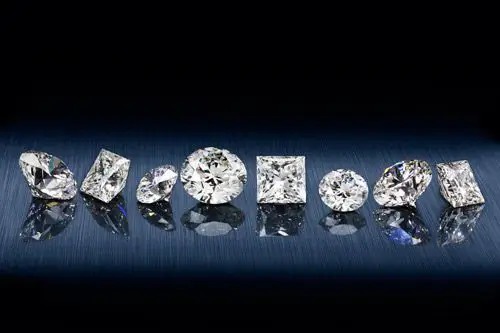


Lab-Grown Diamonds are created from a single diamond seed under the same heat and pressure as the earth's crust, just like test-tube newborns. They do not leave a mining scar on the land, making them environmentally benign. This category has gained popularity on a global scale since they do not carry the stigma associated with blood diamonds. Most importantly, they are more uniform and less expensive than diamonds that are mined from the earth.
Since they frequently cost less and can have the same beauty and qualities as mined diamonds, lab-grown diamonds are rapidly gaining popularity as an option for many individuals. Buy a stone with a GIA Diamond Report to be sure of the diamond's identification and quality whether you're thinking about a lab-grown or natural stone.
These man-made diamonds are becoming more and more popular every day for a number of reasons. The advantages that eco diamonds have over their natural counterparts are outlined below.
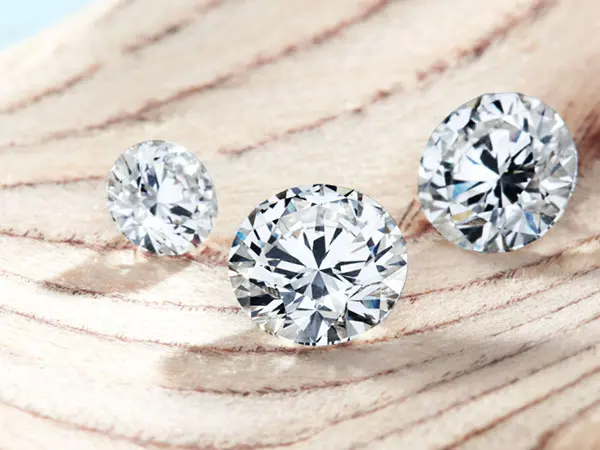

A gemological lab that specializes in grading diamonds receives the diamonds. Most of these labs employ the 4cs (cut, clarity, color, and carat; we'll talk more about those later) to determine grades, but a select handful also applies their own standards.
The top diamond certification laboratories are:

When it comes to buying a diamond, understanding what sets each stone apart is essential. No two diamonds are exactly the same — and that's what makes them so special. To help buyers navigate this timeless purchase, gemologists use a universal grading system known as the 4Cs: Cut, Color, Clarity, and Carat Weight.
These four factors not only determine a diamond's appearance, but also its value. Whether you're shopping for an engagement ring, a gift, or an investment piece, knowing how the 4Cs work will help you make a confident and informed decision.
The cut of a diamond refers to how well its proportions, symmetry, and polish allow it to reflect light. This directly impacts three visual effects:
Among the 4Cs, cut is considered the most important. Even a high-carat, colorless diamond can appear dull if poorly cut. A well-cut diamond, regardless of its size or color, will showcase optimal light performance and stunning sparkle — making it a non-negotiable priority for most buyers.
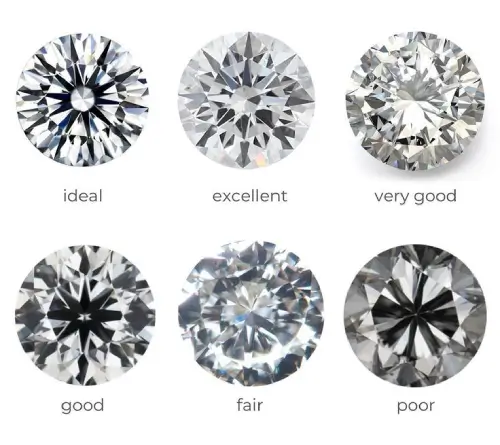
Diamond color refers to the presence or absence of color in a white diamond. The GIA color scale ranges from D (completely colorless) to Z (light yellow or brown).
While color is the second most important factor after cut, it's also flexible — depending on your taste and the metal of your jewelry. For instance, slightly tinted diamonds can look stunning when set in yellow or rose gold.
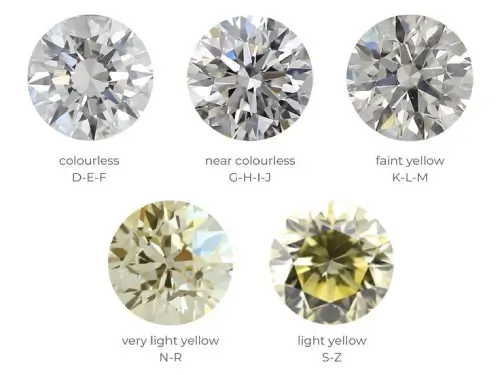
Clarity evaluates a diamond's internal features (inclusions) and surface imperfections (blemishes). These are natural results of the diamond's formation process and are often invisible to the naked eye.
Clarity is graded from Flawless (FL) to Included (I):
Though it's often the least critical of the 4Cs, it's still worth checking a diamond's clarity plot to understand what's inside the stone.
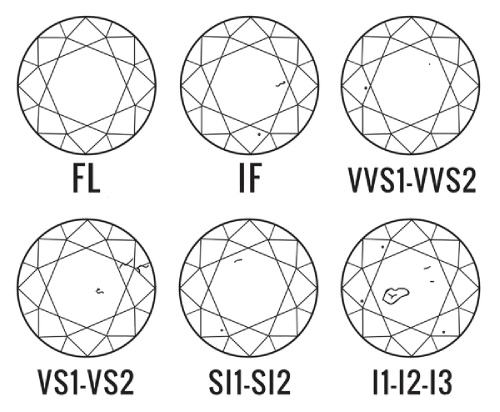
Carat refers to a diamond's weight, not its visual size. One carat equals 200 milligrams. While heavier diamonds are generally rarer and more expensive, carat weight alone doesn't determine beauty.
Carat weight is a matter of personal preference and budget, but should always be balanced with the other Cs for the best overall look
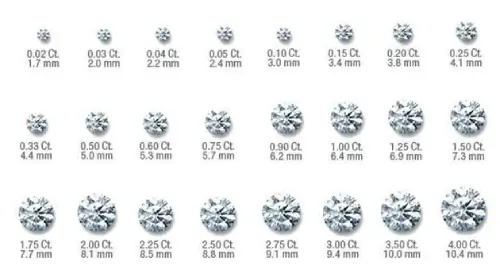
While shape isn't officially part of the 4Cs, it plays a key role in the overall look and appeal of a diamond. Shape refers to the diamond's outline or physical form — such as round, oval, princess, emerald, pear, or marquise.
Each shape has unique characteristics that influence both appearance and value:
Ultimately, shape is a matter of personal preference, but it can also affect how the 4Cs — especially cut and clarity — are perceived in the final piece.
